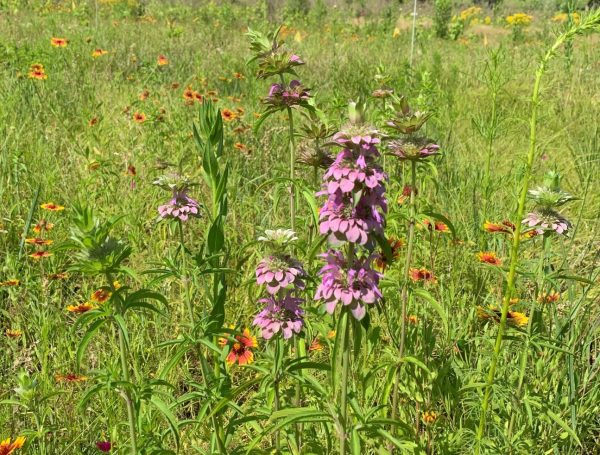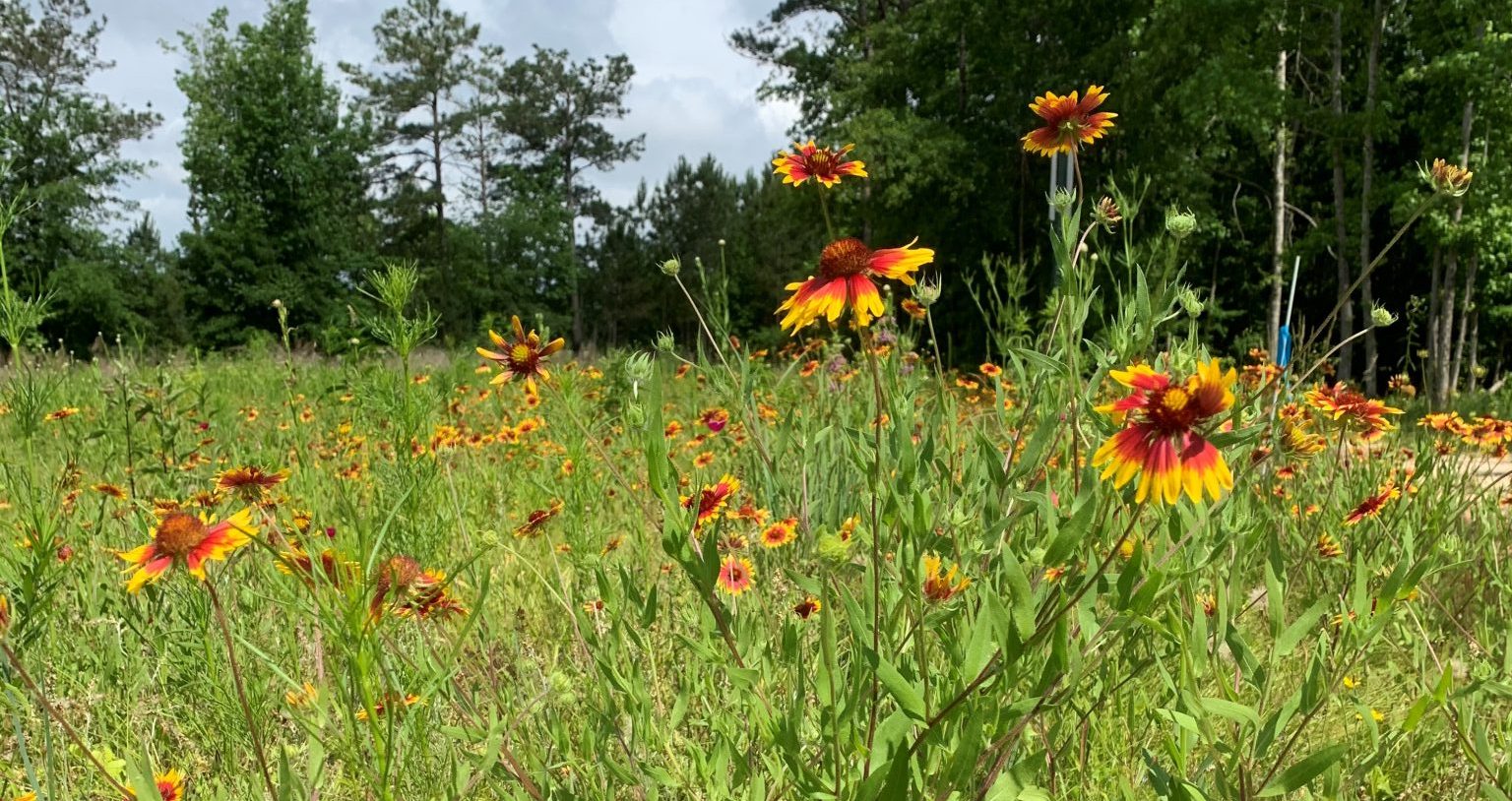Forestry

Applying the principles of Hopkins’ Law can help you determine your planting schedule based on predicted bloom times for your location.
In 1889 Andrew D. Hopkins, an American entomologist, developed what is now called Hopkins’ Bioclimatic Law, an explanation of how changes in elevation, latitude, and longitude influence the timing of seasonal events in the natural world. Its principles are founded in phenology, which is the study of the timing of events in nature, especially as it relates to plant bud burst, bloom time, growth, and animal activity.
In 1919 Hopkins wrote the following:
The law is founded on the determined country- wide average rate of variation in the time at which periodical events occur in the seasonal development and habits of plants and animals at different geographical positions within the range of their distribution. Other things being equal, this variation is at the rate of four days for each degree of latitude, five degrees of longitude, and 400 feet of altitude.
 In essence, Hopkins explained the scientific reason as to why and to what effect spring arrives later and fall earlier the farther north, higher in elevation, and farther east you are located.
In essence, Hopkins explained the scientific reason as to why and to what effect spring arrives later and fall earlier the farther north, higher in elevation, and farther east you are located.
How might this affect planting schedules in Alabama? Using Montgomery as the baseline, for example, we can estimate the difference in the start of spring bloom time for different areas of the state. Applying Hopkins’ Bioclimatic Law, the bloom time will begin approximately 3 days later in Tuscaloosa than in Montgomery. That same plant might begin blooming 11 days earlier in Mobile than in Montgomery (see table).
While many factors can influence bud burst of plants or the migration and activities of animals, Hopkins’ Bioclimatic Law can be used as a guiding principle to help you predict the approximate timing of activities in the natural world.
Approximate Spring Phenological Date Adjustment for Cities in Alabama*
* Information relative to the city of Montgomery using Hopkins’ Bioclimatic Law principles as a guide. Days with a positive (+) adjustment will potentially have events occur later in spring, and days with a negative (-) adjustment will potentially have dates occur earlier in spring.
| Location | Coordinates Latitude, Longitude | Altitude | Approximate Spring Phenological Date Adjustment |
|---|---|---|---|
| Montgomery | 32.3792° N, 86.3077° W | 240 feet | 0 days (baseline) |
| Tuscaloosa | 33.2098° N, 87.5692° W | 222 feet | + 3 days |
| Auburn | 33.6099° N, 85.4808° W | 702 Feet | + 6 days |
| Birmingham | 33.5186° N, 86.8104° W | 643 feet | + 8 days |
| Anniston | 33.6598° N, 85.8316° W | 719 feet | + 10 days |
| Florence | 34.7998° N, 87.6773° W | 548 feet | + 11 days |
| Gadsden | 34.0143° N, 86.0066° W | 541 feet | + 12 days |
| Huntsville | 34.7304° N, 86.5861° W | 600 feet | + 12 days |
| Dothan | 31.2232° N, 85.3905° W | 322 feet | - 4 days |
| Mobile | 30.6954° N, 88.0399° W | 10 feet | - 11 days |
 Lynn Dickinson, Regional Extension Agent; Becky Barlow, Extension Professor, both with Forestry, Wildlife and Natural Resources at Auburn University
Lynn Dickinson, Regional Extension Agent; Becky Barlow, Extension Professor, both with Forestry, Wildlife and Natural Resources at Auburn University
Reviewed August 2023, Estimating Alabama Bloom Times Using Hopkins’ Bioclimatic Law, FOR-2102

